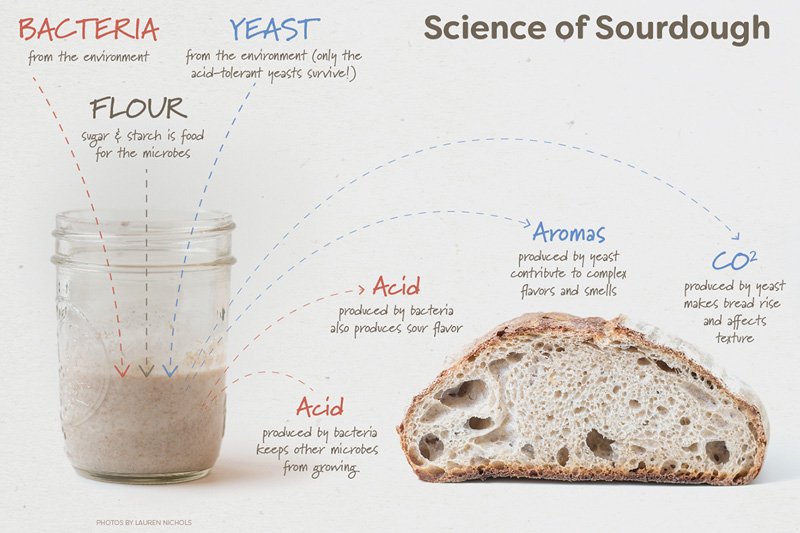Wild Fermentation - Sourdough
So what exactly do I mean by “wild?”
Most of the bread we purchase is made using commercial yeast - you know, the stuff in the packets. But 150+ years ago, bread was ONLY made using wild yeast. When I say wild, I’m talking about yeast that is naturally in the air around us and on the grains (flour) used in bread making. Baker’s yeast was born when a wild yeast culture was observed under a microscope and scientists were able to isolate a single strain for commercial use. This made bread manufacturing far more efficient…and far less nutritious.
To crank out even more bread, manufacturers started adding sugars to speed fermentation which gave the commercial yeast another food source (molasses, high fructose corn syrup, cane sugar, etc). The impact of all this was bread with less flavor, an absence of nutritional benefits and a rise in gluten intolerance amongst consumers.
Both commercial and wild yeast convert grain sugars and starches into carbon dioxide but a sourdough culture goes a step further by using good bacteria, lactobacilli, to convert proteins (like gluten) into lactic acid, which is where the sour flavor in sourdough comes from. By breaking down gluten, wild fermented sourdough is far more digestible AND benefits our microbiome AND increases our ability to absorb nutrients. And maybe most amazing to me is that it actually lowers the glycemic index of foods eaten with it, by as much as 25%. That’s incredible!
Cool, huh!?
In terms of my own bread making journey, I obtained a sourdough starter from a generous stranger on Facebook in October of 2023. Although I’ve long claimed that I don’t like to bake (because it’s too science-y and you have to follow the directions), I have become obsessed with sourdough! Have I perfected it? Nope. I have made great loaves, so-so loaves and one loaf that could have been used as a weapon in a crisis situation. But what I can tell you is that, even though my loaves may not be perfect aesthetically, they all taste fantastic and I feel great about what I’m putting into my body.
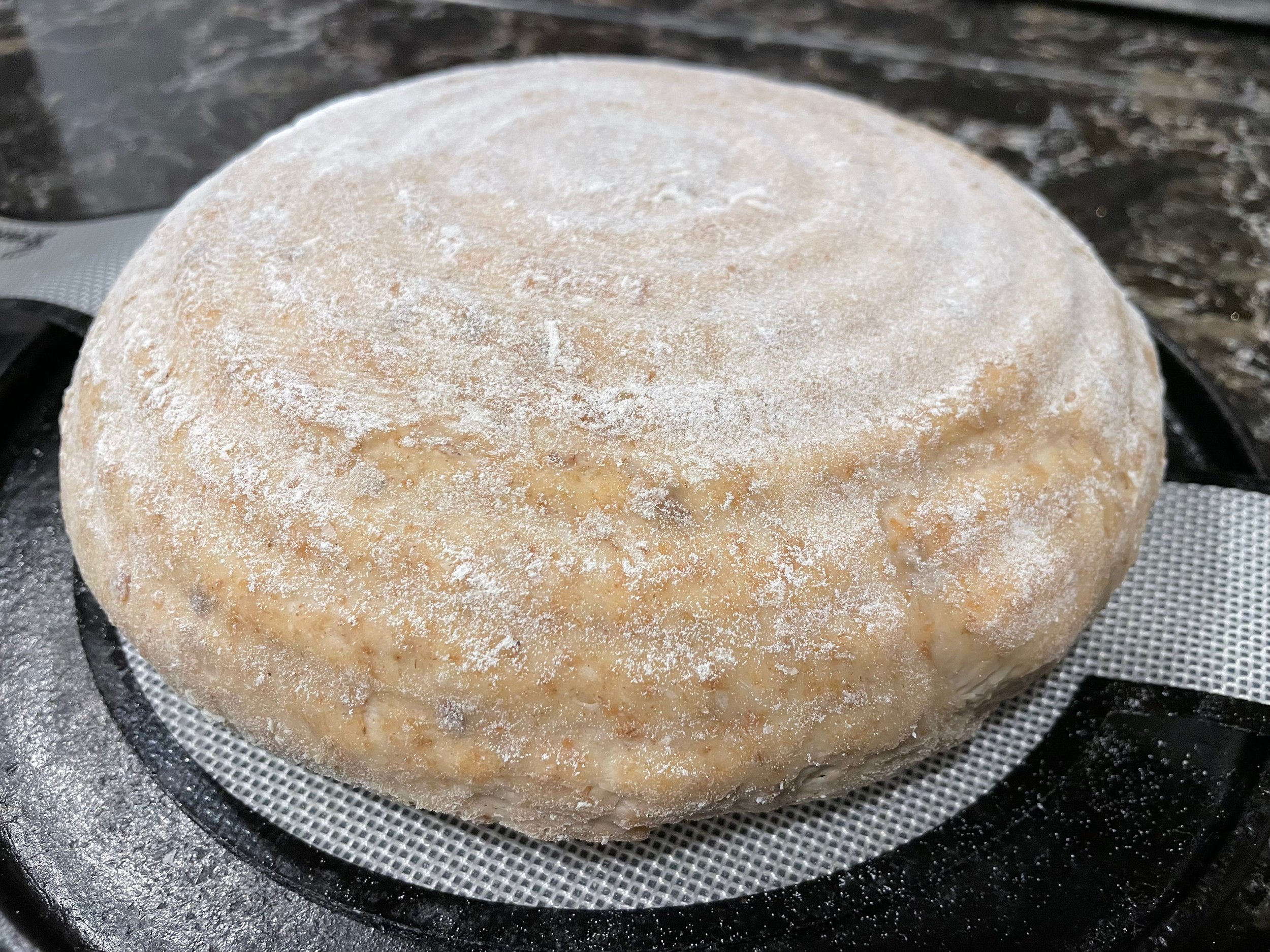
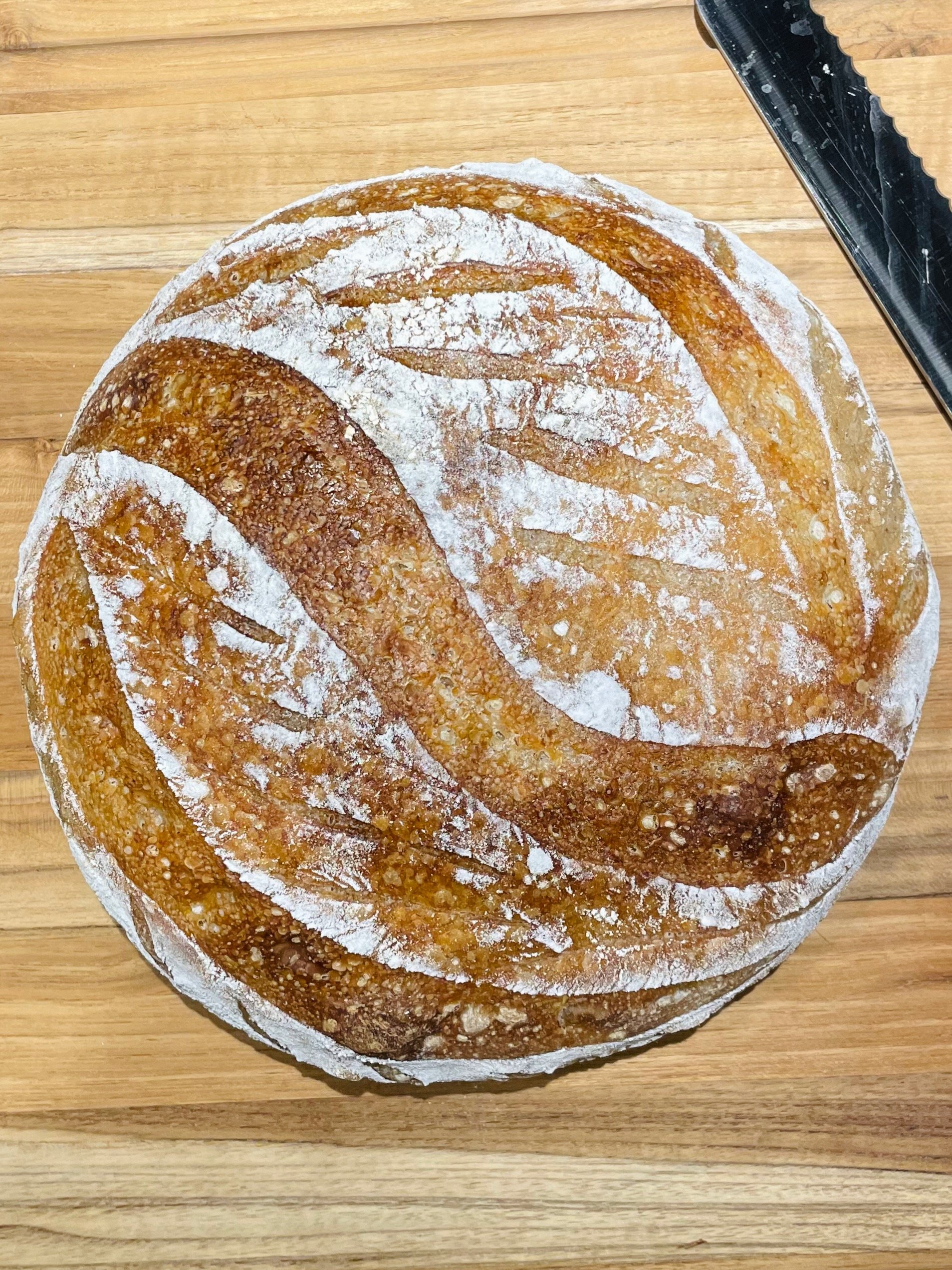
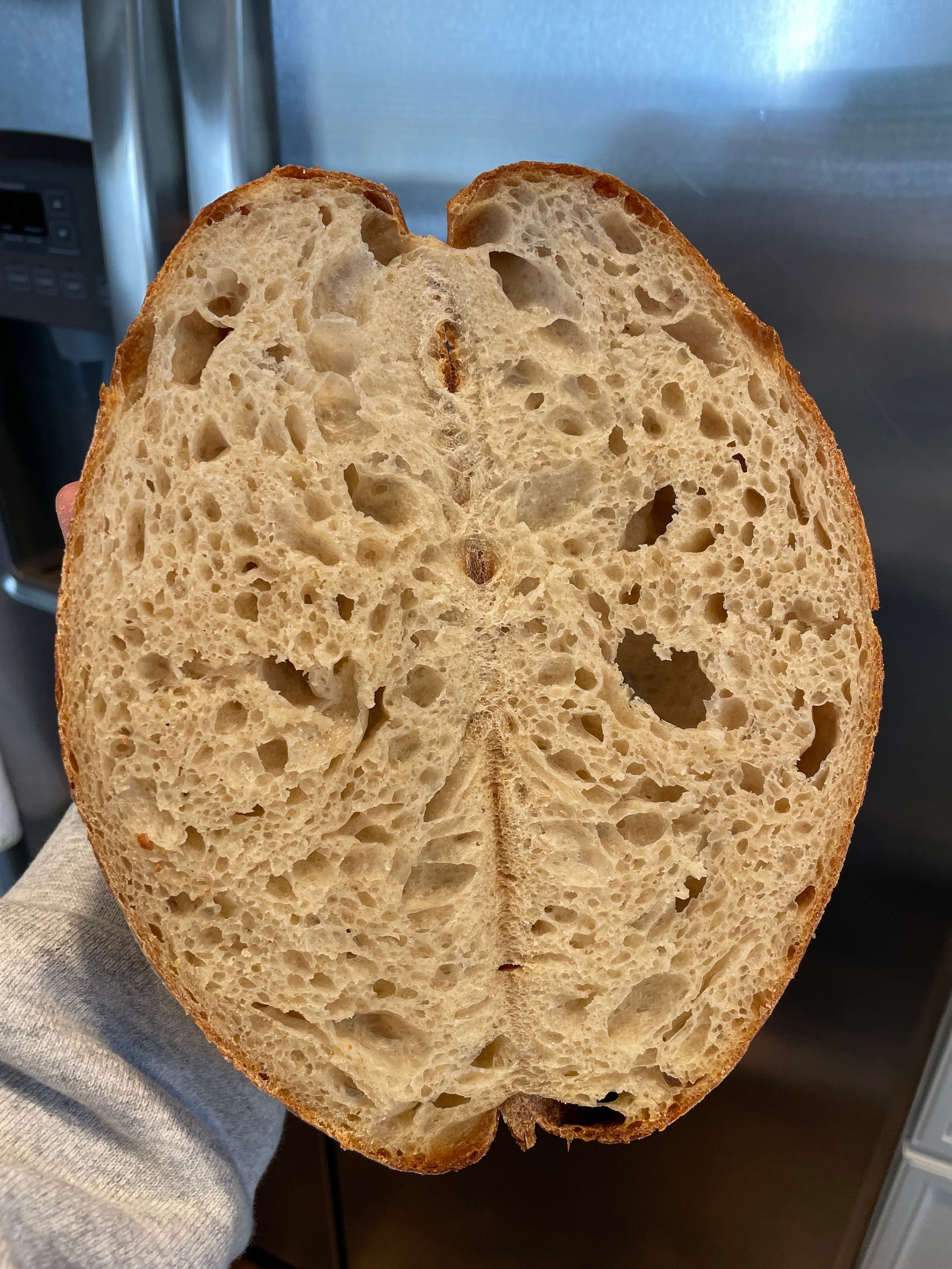
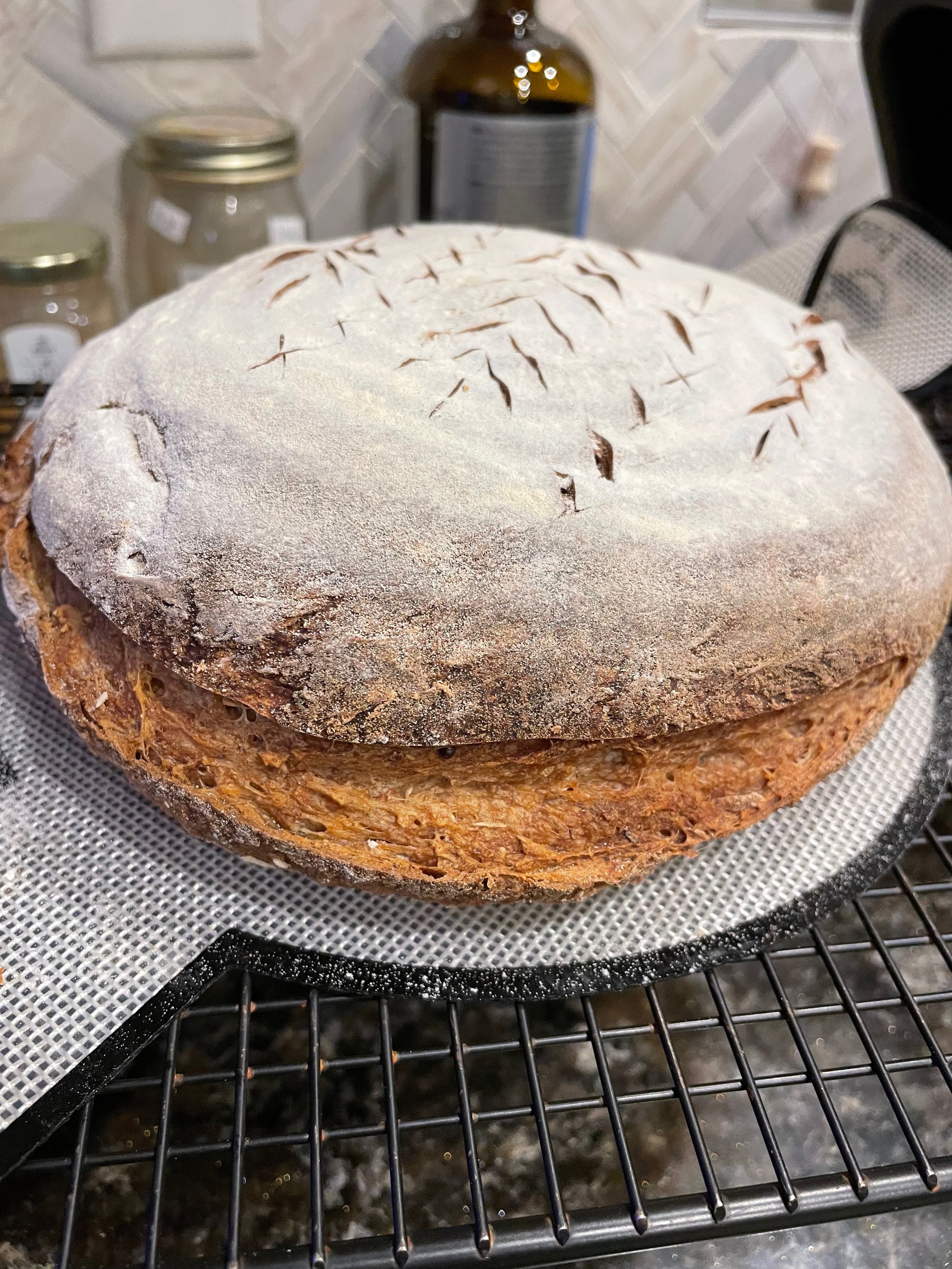
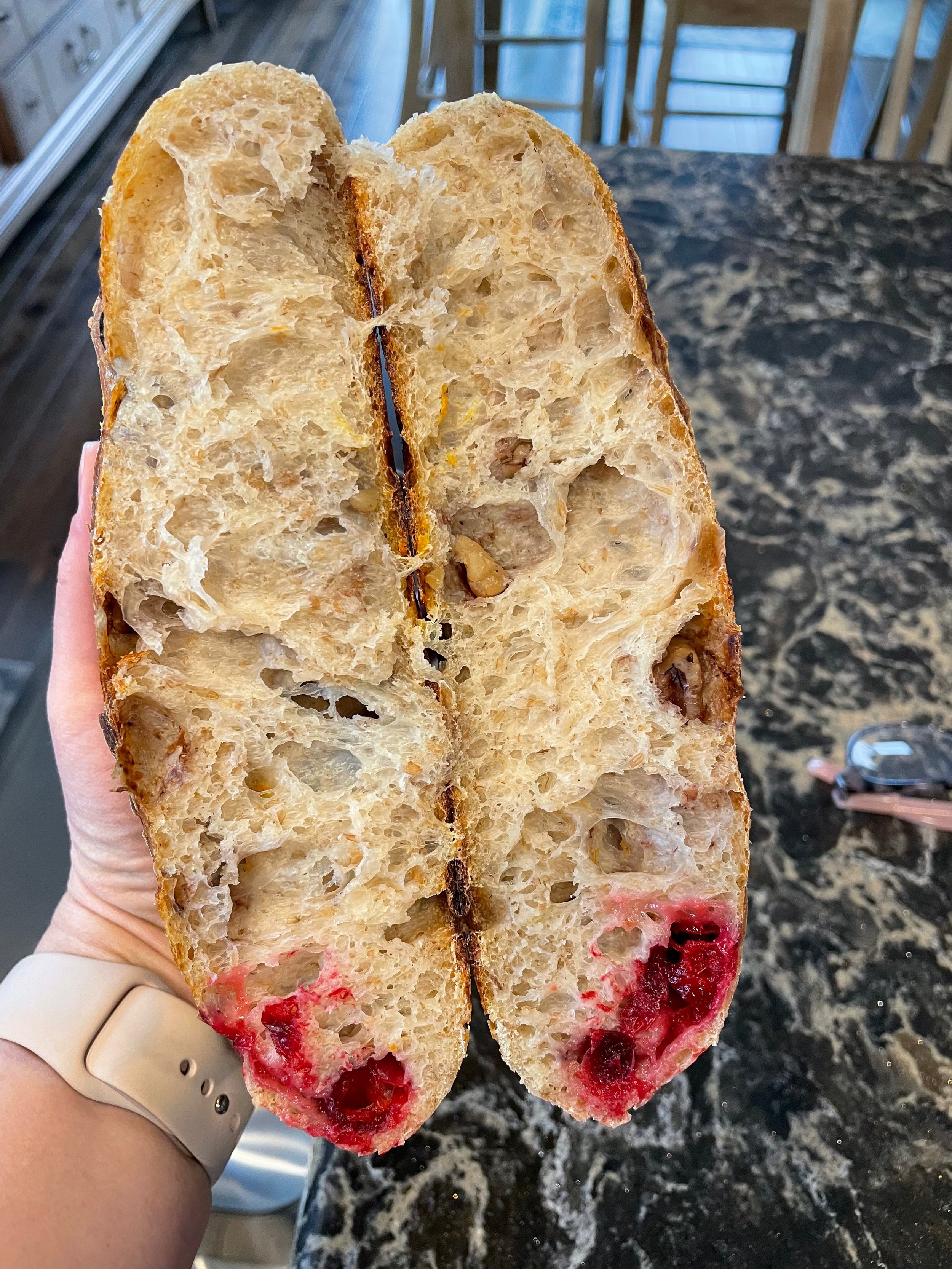
And let’s be honest, making a loaf of sourdough involves a time commitment. However, it’s something that can be done once a week, or even just once a month if that’s all your schedule allows. And sourdough cultures are very forgiving and resilient. Keep it in your fridge and feed it once a week or even less frequently. All it needs is a little flour and water when it’s hungry.
My sourdough starter
Line shows how much he grew within a few hours of feeding. It’s fascinating and ALIVE!
Oh and his name is Bread Astaire…because naming your starter is apparently a thing. :-D
No matter your schedule, I would encourage you to find a starter (you can start your own or ask me for some!) and figure out how to incorporate wild fermented sourdough into your diet. There are tons of recipes and resources for beginners online. I’ve really enjoyed and learned a lot from Sourdough Brandon.
Even if you can’t make it yourself, I’d encourage you to shop at local bakeries and look for breads that have sourdough “starter” or “culture” in the ingredients. That way, you know it was slow fermented and contains all the benefits we’ve discussed here!
More posts on fermentation to come…
Eat Mindfully | Live Optimally

